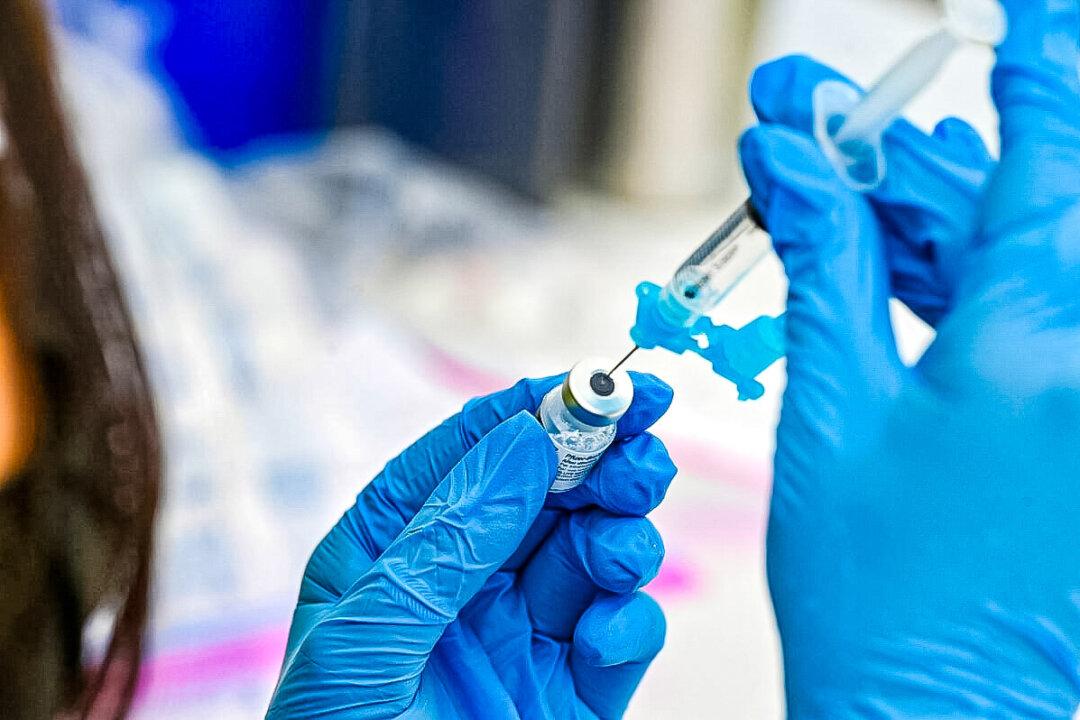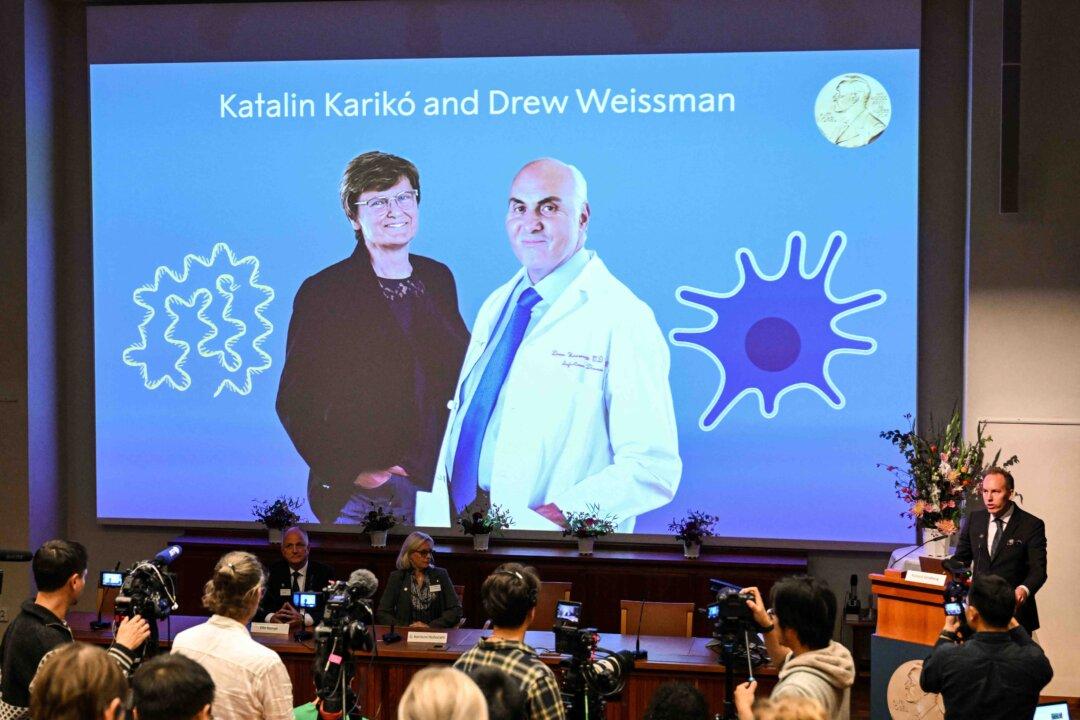Commentary
In the 1960s, measles was devastating in many parts of the world, with the child mortality rate as high as 50 percent. Scientists isolated the virus from patients and cultivated it in chicken embryo fibroblasts. This process, called the attenuation process, made the virus less virulent.





